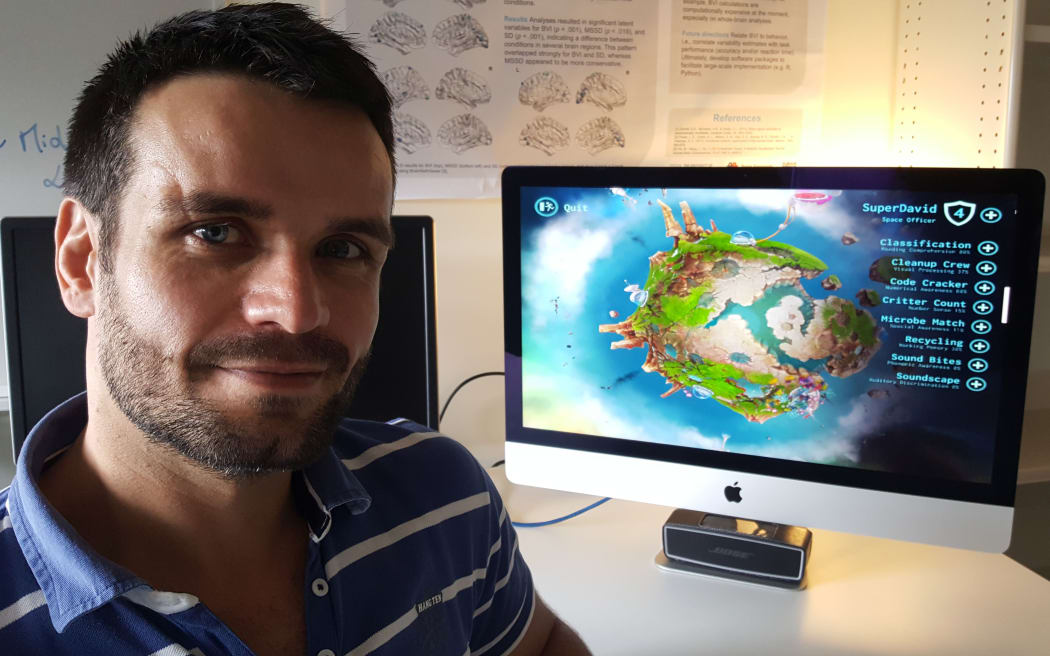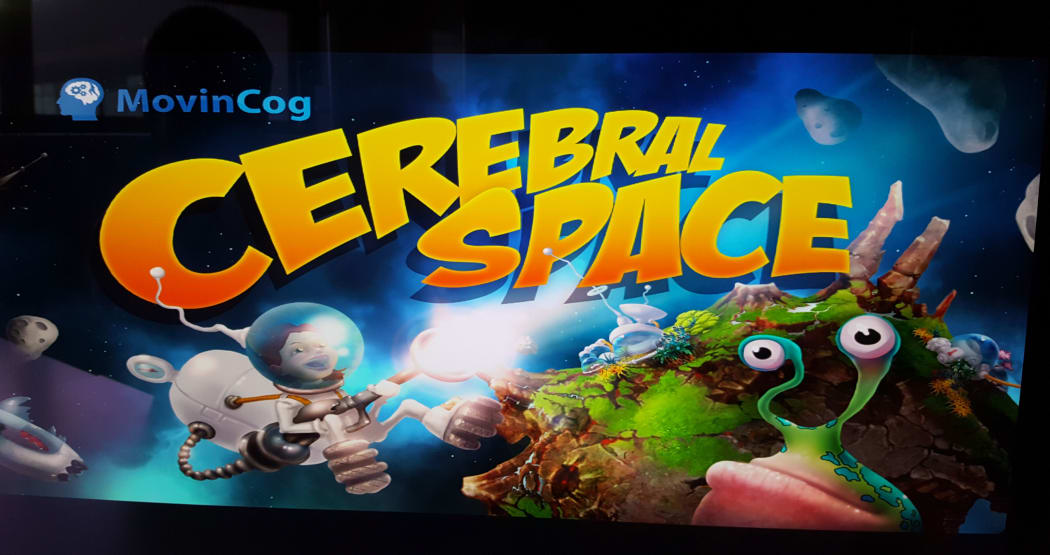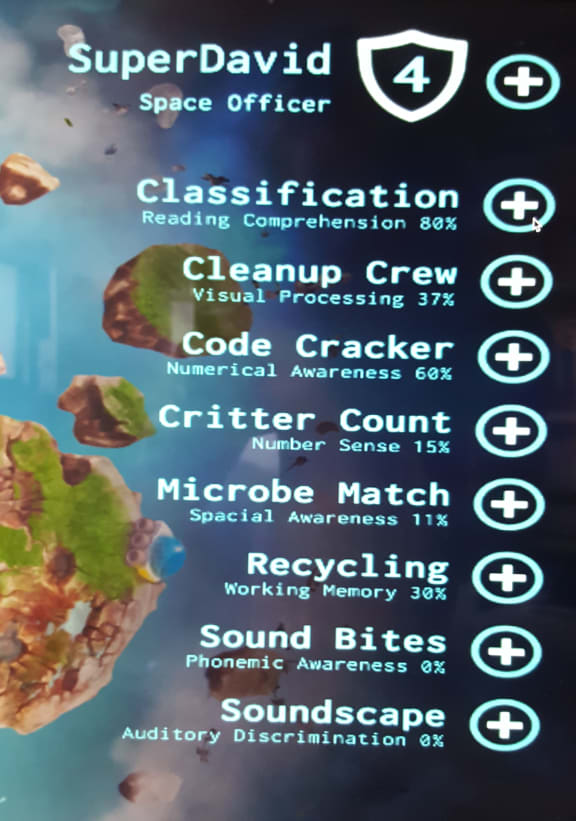Research carried out in New Zealand schools has shown that a six-week course of short, high intensity exercise sessions helped boost kids’ brainpower.
Now the researchers are combining exercise with a brain training computer game to see if they can get even better results.

David Moreau and the computer game Cerebral Space, which targets specific cognitive functions. Photo: RNZ / Alison Ballance
Subscribe to Our Changing World for free on Apple Podcasts, Spotify, Stitcher, RadioPublic or wherever you listen to your podcasts
For the past three years, psychologists at the Centre for Brain Research, at the University of Auckland, have been visiting schools and working with 7 to 13-year-old students.
Researcher David Moreau says that the MovinCog Initiative is “intended to give kids in schools a little bit of a boost when it comes to their cognitive abilities.”
Start early
David explains that they wanted to intervene early because kid’s brains are quite plastic - “and potentially we have a greater chance to change brain function in those kids if we intervene early.”
In an effort to boost brain health and function, David says they looked at “what we know at the moment works well.”
And that turned out to be a combination of brain training and exercise.
New neurons
Previous research has shown that exercise “is the best way to promote brain health”, by encouraging the growth of new neurons in the brain.
But David adds that it’s a case of use the new neurons or lose them: “if we don’t have any kind of purpose for them, any use for them, then typically in about two weeks’ time the brain is going to get rid of them.”
“What we’re trying to do is maximise the chances that we’re going to retain those new neurons.”

The MovinCog programme involves a brain training game as well as high intensity exercise. Photo: RNZ / Alison Ballance
Exercise first
The MovinCog Initiative initially focused on exercise. Previous research has found that sustained bouts of moderate exercise – about 30-40 minutes a day – helps improve brain activity, but David and his colleagues wanted to know if short bursts of high intensity activity could have the same effect.
The Physical Space intervention they developed involved just 10 minutes of full-on exercise a day for six weeks. It was a video-based workout, included music to make it fun and was led by a teacher. The whole classroom took part.
The results showed that this five hours of exercise, spread over six weeks, led to a noticeable improvement in cognitive control and working memory; these are strong predictors of academic success and achievement.
An exciting result is that kids who struggle the most in the classroom benefited the most from the exercise.
The researchers write in their scientific paper that they ‘found that the high-intensity exercises had the most benefit for the children who needed it most – those with poor cardiovascular health and those with gene variants that are linked to poorer cognitive skills. This suggests that genetic differences do alter the effects of exercise on the brain, but also shows that targeted exercise programs can offer everyone a chance to thrive.’

The Cerebral Space game targets different areas of brain activity, from reading comprehension to working memory. Photo: RNZ / Alison Ballance
Add screen time
For the brain training side of the research, David and his colleagues worked with game developers to create a complex computer game that would appeal to 7 to 15-year-olds. This virtual world is called Cerebral Space, and it is designed to challenge kids in a number of key areas.
David says that the game is adaptive, and adjusts to each player so that it is neither too easy nor too difficult.
“We need to stay at that sweet spot, where we are challenging the brain but in a way that we can overcome.”
By combining brain training with exercise, David reports that “we can make sure that we create neurons and we really prepare the foundations … for a great learning.”
The research programme is still underway, and more results will be available later this year.
The development of the computer game and exercise programme has been sponsored, and David says that later this year the evidence-based package will be made freely available for schools to use.


